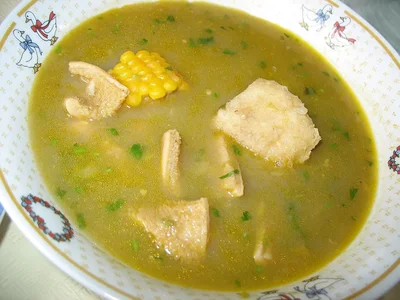
Panamanian Chicken Sancocho (Sancocho de Gallina Panameño)
This is the quintessential national dish and the quintessence of Panamanian comfort food. It's a hearty stew made with hen or chicken broth, simmered to extract its full flavor. Its magic lies in the essential combination of yam, a tuber that naturally thickens the broth, and a generous dose of cilantro, an intensely flavored herb that gives it its unique and characteristic aroma. Sancocho is eaten year-round and is famous for being an effective home remedy for colds and hangovers. It's served hot and always accompanied by white rice.
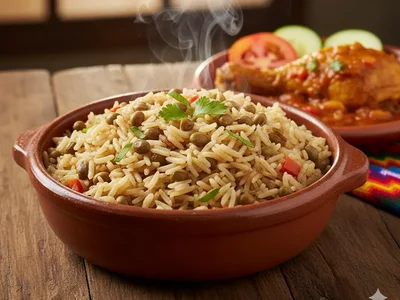
Rice with Pigeon Peas and Coconut (Arroz con Guandú y Coco)
This vibrant rice dish is a mainstay of Panamanian celebrations and family gatherings, highlighting the country's strong Afro-Caribbean influence. It's prepared by simmering rice in a rich, creamy coconut milk base, to which pigeon peas are added. The result is a fragrant and slightly sweet rice with a robust, deep flavor that sets it apart from other rice and bean preparations in the region. Traditionally served alongside a rich protein, such as Pollo Guisado, it is a staple on the table during the Christmas and New Year's holidays.
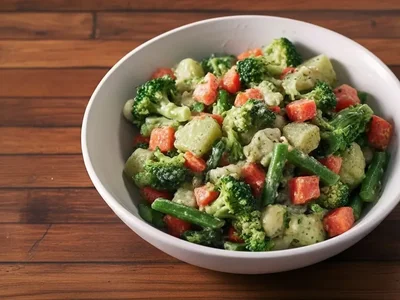
Chayote Salad
This is a refreshing and straightforward side dish popular in Panamanian and Central American cuisine.
Its foundation is the cooked chayote (also known as christophine or vegetable pear), diced to provide a soft texture and a very mild flavor. It is typically mixed with cooked carrots, chopped hard-boiled eggs, and sometimes corn kernels. The defining feature is its creamy dressing, usually a blend of mayonnaise, a touch of mustard, salt, and pepper. Served chilled, it acts as a cool, neutral garnish that perfectly balances heavier meat or fish main courses.
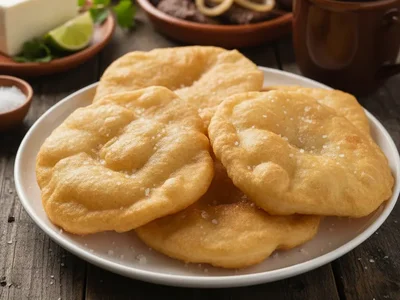
Hojaldres
Hojaldre is the most popular breakfast bread in Panama. Unlike a donut or doughnut, hojaldre is a fried wheat flour dough that puffs up, resulting in a light and flaky texture on the inside, yet golden and crispy on the outside. It's served freshly made and is inherently flavorful, often sprinkled with a pinch of salt. It's the perfect base for a complete criollo breakfast, traditionally accompanied by steak with onions, scrambled eggs, or fresh white cheese. It's a simple yet essential snack to start the day, Panamanian style.
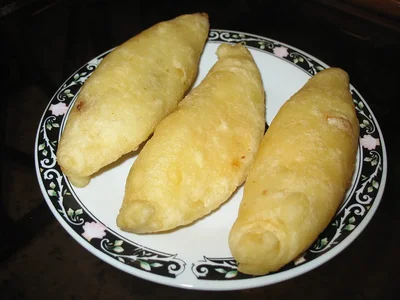
Carimañolas
Carimañolas are one of the most iconic fried foods in Panamanian cuisine, very popular as a breakfast or street snack. They are torpedo-shaped fried croquettes made with a yuca (or manioc) dough that is boiled and then mashed. The secret lies in the filling, which can be seasoned ground beef, shredded chicken, or cheese. When fried, the yuca creates a crispy outer shell that contrasts perfectly with its soft interior and juicy filling. They are best enjoyed hot and are often served with homemade hot sauce.

Tortillas Panameñas
Panamanian tortillas are a robust and distinctive adaptation of the Central American tortilla concept. These are corn tortillas that are much thicker and more compact than the Mexican version. The fresh corn dough is kneaded with salt and sometimes a touch of cheese before being fried. They are primarily eaten for breakfast as a crispy tortilla, either alone or accompanied by savory ingredients, such as fried white cheese or a hearty sausage stew. Their round shape and dense texture make them perfect for absorbing the flavor of any side dish.
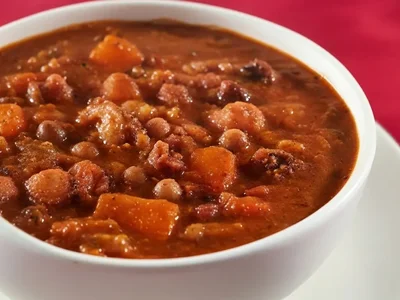
Guacho
Guacho is a stew or "asopado" (very brothy) rice dish, a comforting dish that's halfway between a thick soup and rice. Its distinctive feature is its moist, thick consistency, achieved by cooking the rice with a large amount of broth. It's very popular in coastal regions. The dish is always hearty and can be prepared with different proteins, such as beef, pigeon's tail, or, the most popular version, seafood and fish. In addition to protein, it also includes vegetables such as yuca, yam, and often pigeon peas, which give it color and texture. Traditionally served in a totuma (a gourd bowl), it's perfect for rainy days or for a very nutritious, home-cooked meal.
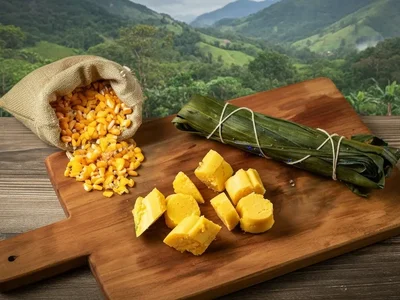
Bollos
Bollos are a regional specialty of Panamanian cuisine, closely linked to the indigenous tradition of using fresh corn or new corn. They are distinguished from tamales by their simplicity and their denser dough consistency. They are prepared from ground corn seasoned with salt, and then the resulting dough is tightly wrapped in the corn husk itself before being boiled. The result is a cylinder of corn dough with a slightly sweet and mild flavor. They are especially popular in central provinces such as Coclé and Veraguas. They can be enjoyed alone, fried, or as an accompaniment to a stew, and are a traditional breakfast or snack that highlights the pure flavor of corn.
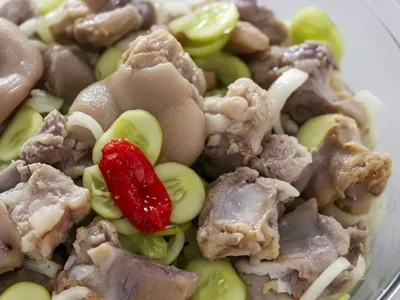
Sao
Sao is a regional specialty that stems from Afro-Caribbean influences, known for its bold flavor and sweet and sour nature. It consists of pig's feet or trotters cooked until tender and then marinated in a strong, acidic brine. Key ingredients in the marinade include lemon juice, sliced raw onion, spices, and a touch of chombo chili pepper for a punch of heat. Best eaten cold, it is prized for its gelatinous texture and intense vinegary flavor.
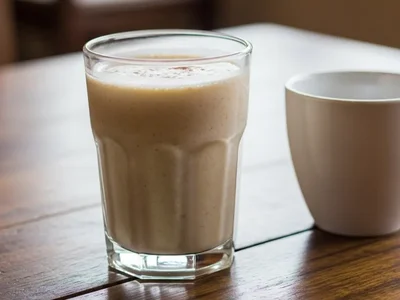
Chicheme
Chicheme is a traditional and refreshing drink, considered a specialty of the La Chorrera district, although it is enjoyed throughout the country. It is a non-alcoholic, creamy, and sweet beverage made from ground or crushed cooked (or fermented) corn. The corn base is mixed with milk and sugar and seasoned with a touch of cinnamon and vanilla. It is often served cold, over ice, and is popular with families and children. Its thick texture and comforting sweetness make it the perfect accompaniment to an afternoon snack.

Ron Ponche
Ron Ponche is the Panamanian equivalent of eggnog, a staple during Christmas and New Year's celebrations. It's a festive, sweet, and creamy drink notable for its high egg and evaporated or condensed milk content. The drink is enriched with a touch of spices like nutmeg and cinnamon, and is strongly infused with the flavor of local rum or Seco Herrerano (Panamanian sugarcane liquor). It's thick, best served chilled, and is considered a luxury to toast during the holiday season.
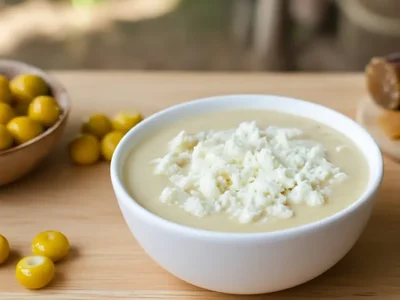
Pesada de Nance
Nance Pesada is a traditional and nostalgic dessert that evokes the taste of grandmothers' cooking. It is a thick, pudding-like dessert made from the pulp of the nance fruit. Nance is a small yellow tropical fruit that can be sour or sweet, and when cooked with water, sugar, and cornstarch (or corn flour), it transforms into a bright yellow cream. The pesada is served warm and, for a contrasting flavor and texture, is usually accompanied by chunks of fresh white cheese.
